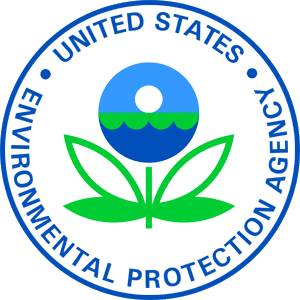Zach Pilchen recently graduated in 2013 with his master of laws in energy and environmental law from the George Washington University Law School (highest honors) and his Juris Doctor from Lewis & Clark Law School (magna cum laude). Zach Pilchen’s experience includes time as legal intern with the Department of Justice Environmental and Natural Resources Division, where he contributed to the Power Plants Litigation Group.
In 1990, Congress passed amendments to the Clean Air Act that established the Title IV Acid Rain Trading Program. The Acid Rain Trading Program required major emission reductions of sulfur dioxide (SO2) and nitrogen oxides (NOx) from the electric power sector. Specifically, the Trading Program worked by requiring coal-burning power plants to either reduce their emissions or buy emission permits (“allowances”) to sufficient to meet their emission limits. The Trading Program established an overall cap on the pollutants that could be emitted from the electric power sector that gradually ratcheted down until the final levels in 2010.
By 2010, the final SO2 cap of 8.95 million tons was approximately half of what the power sector had emitted in 1980, demonstrating that the program had achieved significant emission reductions. This market-based system of for reducing emissions provided power plants with flexibility to selecting the most cost-effective approach to reduce emissions for each plant, while still meeting environmental goals and improving human health.
The 1990 Clean Air Act Amendments also required EPA to focus on regulating 189 hazardous air pollutants. Studies have shown that limiting toxic emissions raises air quality and improves public health. Individuals exposed to toxic air pollutants at sufficient concentrations and durations can develop increased risks for cancer, immune system damage, neurological damage, and other significant health problem.
